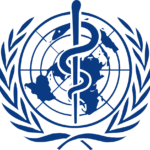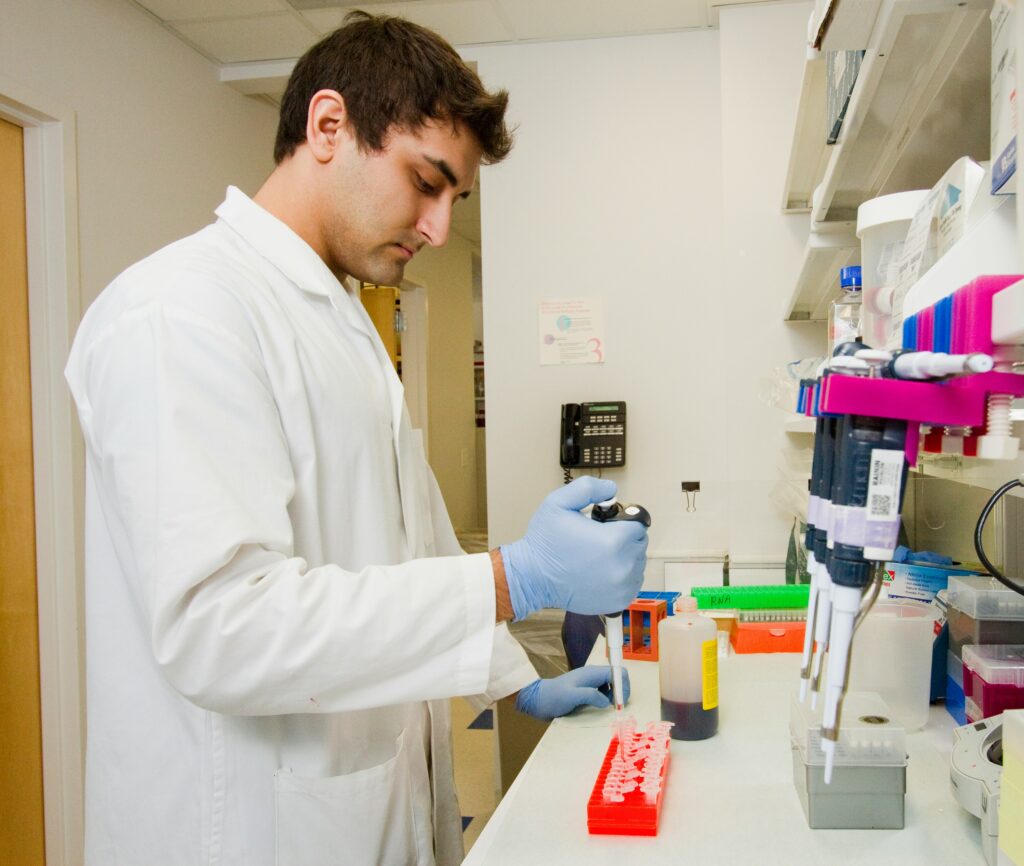
The World Health Organization has released revised guidelines for biomedical laboratories and national authorities to handle biological threats.
In order to diagnose patients and provide prompt clinical care, monitor diseases, characterize pathogens, and conduct research and development for medicines and vaccines, laboratories are vital parts of health systems. The community and its workers shall be protected from toxic substances and pathogenic microorganisms by means of layered supervision mechanisms, evidence-based risk mitigating strategies, properly constructed and equipped facilities, trained personnel, and transparent reporting.
The updated guidance calls for tightening cybersecurity safeguards and managing private data, such as medical records; it also calls for lowering the risks associated with emerging technologies, such as those pertaining to genetic engineering and pathogen manipulation, artificial intelligence (AI), and genetic engineering; and it offers guidance on how to keep laboratories safe and secure in the event of natural disasters, wars, and civil unrest.
The most recent version of the WHO’s laboratory biosecurity guidelines aids in the establishment or reinforcement of frameworks for managing high-consequence infections in all nations, particularly those without rules. It emphasizes how crucial it is to have an Institutional Biosafety Committee with national supervision in place for robust institutional governance.
The World Health Assembly this year issued a resolution on “Strengthening laboratory biological risk management,” which calls for Member States to adopt a risk-based approach. The updated advice offers best practices and recommendations in this regard.
A broad range of stakeholders, including WHO cooperating centers and technical advisory groups—particularly the WHO Technical Advisory Group on Biosafety (TAG-B)—were consulted during the development of the guidelines.
High-consequence infections and research efforts carry hazards that are mitigated by the advice by encouraging collaboration and commitment from national authorities and organizations. While allowing for the continuation of lawful biomedical research, these precautions are designed to protect populations against purposeful or unintentional abuse and discharge of biological materials.
Source: World Health Organization




You need to take part in a contest for one of the greatest sites
on the web. I most certainly will recommend this blog! https://bandur-art.blogspot.com/2024/08/the-ultimate-guide-to-no-mans-sky-mods.html
You need to take part iin a contest for one of the greatest
sites on tthe web. I most certainly will recommend ths blog! https://bandur-art.blogspot.com/2024/08/the-ultimate-guide-to-no-mans-sky-mods.html